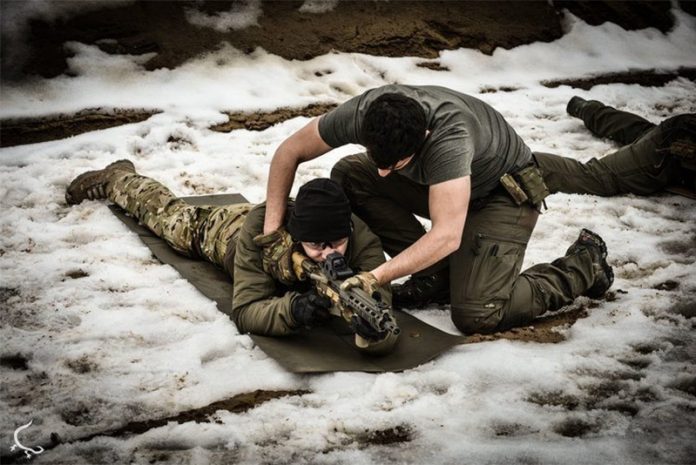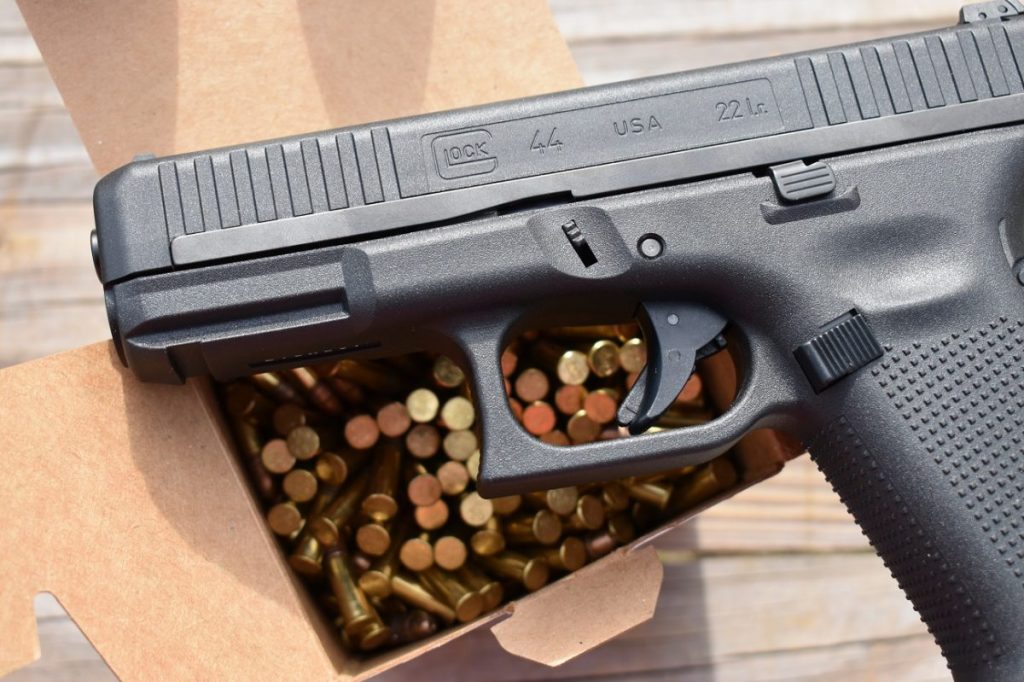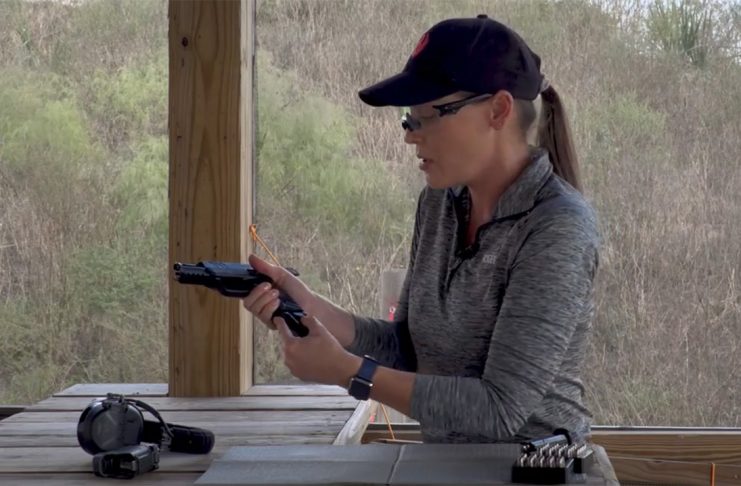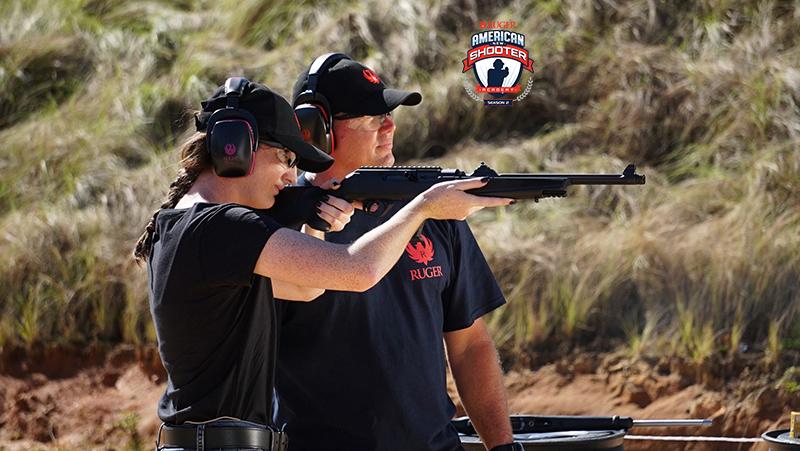
This summer, my son has embraced shooting a little more. He’s shot before, but typically just for fun without anything beyond safety training. In teaching him to shoot, I realized that I’ve been taking my own experience and fundamentals for granted. I’ve forgotten that learning is like learning to walk and can be a slow, confusing process. So I decided to try to put together a little guide for both new shooters and those teaching new shooters.
Where to Start With New Shooters
It’s best to start at the boring basics. This should be short and user involved. The basics should be explained, but make it interactive. If you’re a new shooter, you must first learn the basic safety of firearms handling. Don’t just read the rules but absorb them and question the rules versus how you handle firearms.
First, treat every weapon as if it’s loaded. This first rule is the core of all firearm safety rules. Treating a weapon as if it’s always loaded requires you to treat it with respect at all times, and if you follow the rest of the safety rules, you’ll do just that.
Second, always keep your firearm pointed in a safe direction. A safe direction is a direction you wouldn’t mind shooting in. So not at people, pets, and other living things.

Third, keep your finger off the trigger until you are ready to fire. This is fairly simple. The trigger is not a place to rest your finger. Straight and off the trigger is fairly clear and easy to do. This will prevent 100% of negligent discharges.
Editor’s Note: Cooper’s Rules Work! All the time! Weird how that works.
Those three rules are the most important for a new shooter to know. There are more, but for now, memorize those three.
Next, learn how to load and unload your firearm. If it’s new, it has a manual worth reading. You’ll find a treasure trove of information there. Most important new shooters need to know how to clear a firearm. Clearing is unloading the firearm completely.
Learn The Basics of Shooting
If possible, take a basic gun safety and use class. The NRA’s basic courses are perfect for this information. The NRA’s firearm training division has several very basic classes that teach shooters the basics of pistols, shotguns, and rifles. These courses are hosted in person, and distance learning is also an option.
Learn how your firearm functions. New shooters should learn the proper grip, proper sight picture, and the basics of trigger pull without their trigger pull affecting their grip or sight picture. These three basic things ensure a safe experience and lay the groundwork for more advanced training.

These three small skills can be done without ammo and can be done with an airgun, a SIRT pistol, or just a dry firearm. Always follow gun safety rules during this practice and training.
If you are going about this by yourself, Youtube is your best friend. Not all information is equal. As a new shooter finding good information can be difficult. With that in mind, there are a few channels with great information. Check Out:
Sage Dynamics for Sight Picture and Handgun Trigger Control, Beretta For Proper Handgun Grip, and the NSSF and SIG-Sauer Academy for a wide variety of beginner-friendly subjects. These channels are all excellent sources of information. They aren’t the only source, but they do have a wide variety of experts and produce great information.
Going Live
When it’s time to start shooting, you can just plink away without any goals, but that’s not always beneficial. New shooters likely aren’t ready for doing 10-10-10 drills or failure drills. What exactly can they do to improve their skills and avoid wasting ammo?
My son and I did the NRA Marksmanship Qualification Program. This program offers some very basic courses of fire to allow a shooter to have a goal when they start shooting. This program allows you to shoot very simple courses of fire with an accuracy standard and sometimes a time standard.

The lowest levels of the quals are very simple and really allow new shooters to work on basic skills to become better shooters. My son practiced for the pistol qualification at the Pro-marksman level, and while simple, it forced him to learn a lot of the basics to pass the qual.
The First Month
The information in this article is something someone could do in the first month of owning a gun, and that’s a lot of time. These are things that can be done on weekends and in 15-minute increments at home. If you are a new shooter or are training a new shooter, start at the bottom and build those blocks to become a better, safer shooter. It’s not a race, and it should be fun. Everyone was a new shooter at one point, and as long as you prioritize safety, you’ll have a good time.

Being new at something is the best because you can suck at it, and everyone wants to help you get better. Shooting is no different.



